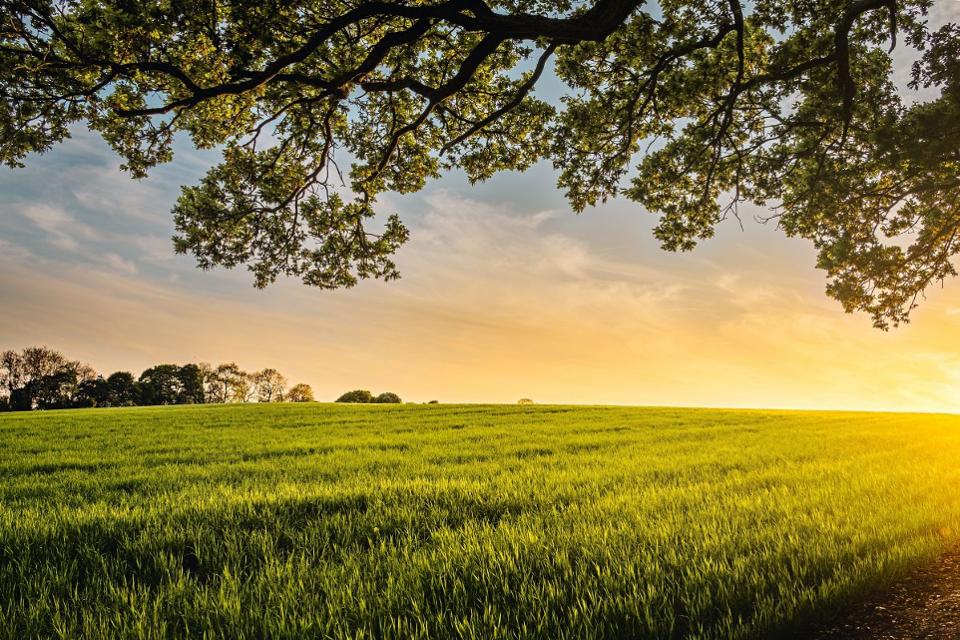When Norman Borlaug, the father of the green revolution, won the Nobel Prize in 1970, the Nobel Committee remarked that “more than any other single person of this age, he has helped provide bread for a hungry world.” Borlaug’s introduction of disease resistant high-yielding crop varieties and advanced agricultural practices was a game changer, as agriculture yields increased tremendously and helped save millions from starvation.
read more – copyright by www.forbes.com
 Half a century after Borlaug received the Nobel Prize, we live in a world where yield growth is plateauing and the total land under cultivation is decreasing. Changing weather patterns and water availability are altering productivity in certain agricultural regions. At the same time, world population continues to grow and is projected to reach at least 9 billion people by 2050, much of the growth is clustered in developing countries, where rapid economic expansion is allowing for increased calorie availability and consumption with an increased demand for protein. As these two forces of population growth and demand for food gain momentum, is risk of reaching a Malthusian doomsday—a scenario where population growth outpaces the growth in food supply resulting in large-scale famines—becoming increasingly likely? Preventing this may very well be one of the most important challenges of the 21st century.
Half a century after Borlaug received the Nobel Prize, we live in a world where yield growth is plateauing and the total land under cultivation is decreasing. Changing weather patterns and water availability are altering productivity in certain agricultural regions. At the same time, world population continues to grow and is projected to reach at least 9 billion people by 2050, much of the growth is clustered in developing countries, where rapid economic expansion is allowing for increased calorie availability and consumption with an increased demand for protein. As these two forces of population growth and demand for food gain momentum, is risk of reaching a Malthusian doomsday—a scenario where population growth outpaces the growth in food supply resulting in large-scale famines—becoming increasingly likely? Preventing this may very well be one of the most important challenges of the 21st century.
Increased consumption drives increased demand for agricultural production. Growers around the globe are meeting this challenge, but they must do so in a manner that does not irreparably strain the planet’s resources. To balance the sometimes-opposing goals of increasing production and conserving resources, researchers and entrepreneurs are working on ways to sustainably intensify agriculture on its existing footprint. Like Borlaug, these researchers and entrepreneurs have access to the tools of plant genetics, chemistry, agronomics, and machinery. However, today there is also a new tool, Artificial Intelligence (AI).
The Emergence of AI
Despite being ranked near the bottom in industry surveys on the state of digitization, Agriculture is rapidly becoming more digital. The adoption of high speed variable rate planting equipment is providing accurate “as planted” information and yield monitors are supplying granular information about production at harvest. This is fundamental data (input and output) is a key to building predictive algorithms. Farmers are using sensors and soil sampling to gather data on soil moisture and nutrient levels across their fields. There are a variety of farm information management systems, that make inputting operational and financial data easy. Farmers today have access to software tools to assist in in-field scouting. From mobile apps to unmanned aerial vehicles, these tools collect data that can be used to assess crop health and monitor pest and disease conditions during the season. […]
read more – copyright by www.forbes.com


When Norman Borlaug, the father of the green revolution, won the Nobel Prize in 1970, the Nobel Committee remarked that “more than any other single person of this age, he has helped provide bread for a hungry world.” Borlaug’s introduction of disease resistant high-yielding crop varieties and advanced agricultural practices was a game changer, as agriculture yields increased tremendously and helped save millions from starvation.
read more – copyright by www.forbes.com
Increased consumption drives increased demand for agricultural production. Growers around the globe are meeting this challenge, but they must do so in a manner that does not irreparably strain the planet’s resources. To balance the sometimes-opposing goals of increasing production and conserving resources, researchers and entrepreneurs are working on ways to sustainably intensify agriculture on its existing footprint. Like Borlaug, these researchers and entrepreneurs have access to the tools of plant genetics, chemistry, agronomics, and machinery. However, today there is also a new tool, Artificial Intelligence (AI).
The Emergence of AI
Despite being ranked near the bottom in industry surveys on the state of digitization, Agriculture is rapidly becoming more digital. The adoption of high speed variable rate planting equipment is providing accurate “as planted” information and yield monitors are supplying granular information about production at harvest. This is fundamental data (input and output) is a key to building predictive algorithms. Farmers are using sensors and soil sampling to gather data on soil moisture and nutrient levels across their fields. There are a variety of farm information management systems, that make inputting operational and financial data easy. Farmers today have access to software tools to assist in in-field scouting. From mobile apps to unmanned aerial vehicles, these tools collect data that can be used to assess crop health and monitor pest and disease conditions during the season. […]
read more – copyright by www.forbes.com
Share this: